on view
exhibitions
September 11, 2020–January 2, 2022
SCMA Then\Now\Next
A museum-wide collaborative project
January 28–August 7, 2022
Maya Lin: Mappings
Curated by Aprile Gallant, Associate Director of Curatorial Affairs and Mary Walcott Keyes 1931 Curator of Prints, Drawings and Photographs, in association with Maya Lin Studio
February 18–October 23, 2022
FX Harsono: NAMA
Curated by Yao Wu, Jane Chace Carroll ’53 Curator of Asian Art
March 11, 2022–April 2, 2023
Sheila Pepe: Red Hook at Bedford Terrace
Curated by Emma Chubb, Charlotte Feng Ford ’83 Curator of Contemporary Art
April 1–July 17, 2022
Jennifer Chang Crandall: Whitman, Alabama
Curated by Emma Chubb
April 1–September 25, 2022
All the Small Things
Curated by Emma Chubb
mobile cabinets for works on paper
Fall 2021
Photographs by James Van Der Zee
Curated by Aprile Gallant
Spring 2022
Fantastical Goya
Curated by Henriette Kets de Vries, Cunningham Center Manager and Assistant Curator of Prints, Drawings and Photographs
video & new media gallery
December 17, 2021–July 10, 2022
Isaac Julien: Lessons of the Hour
Curated by Emma Chubb
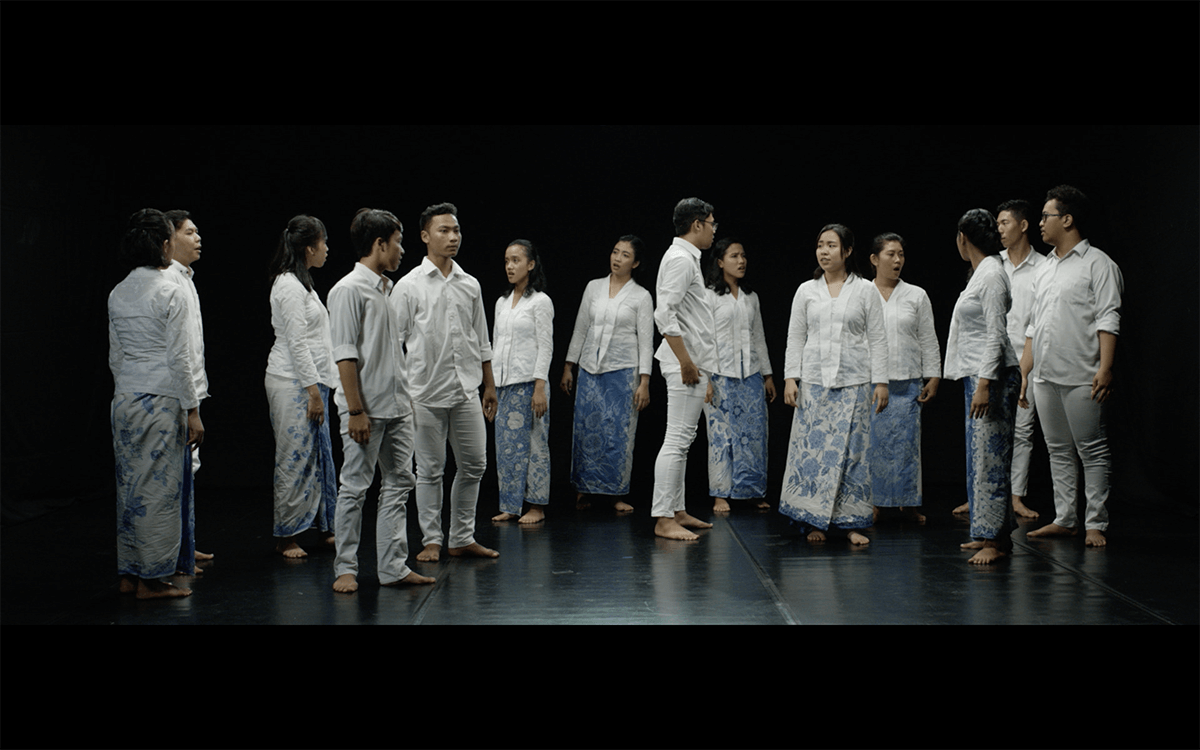
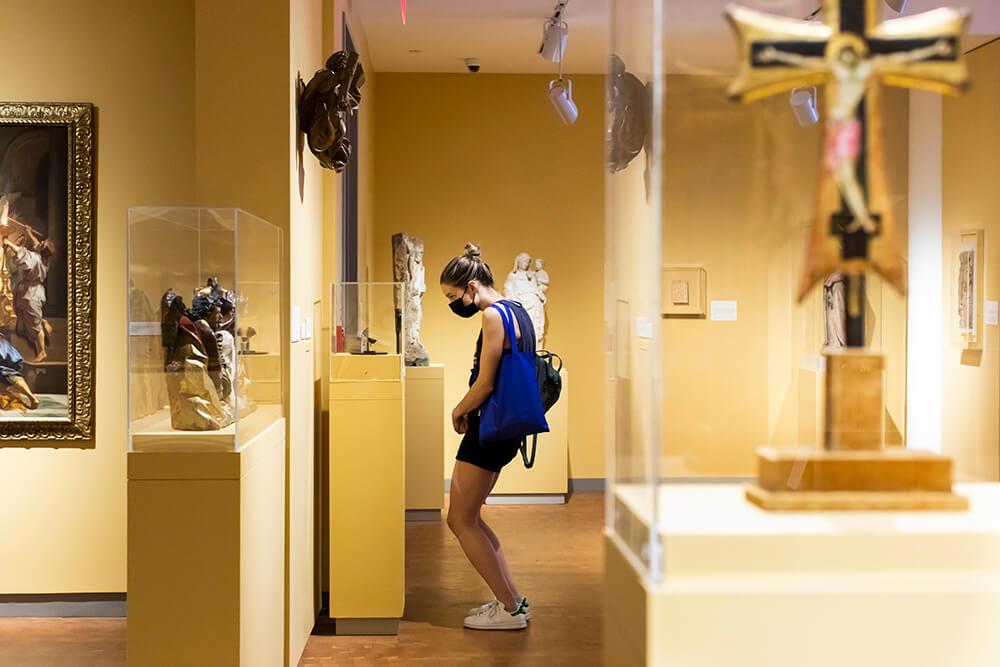
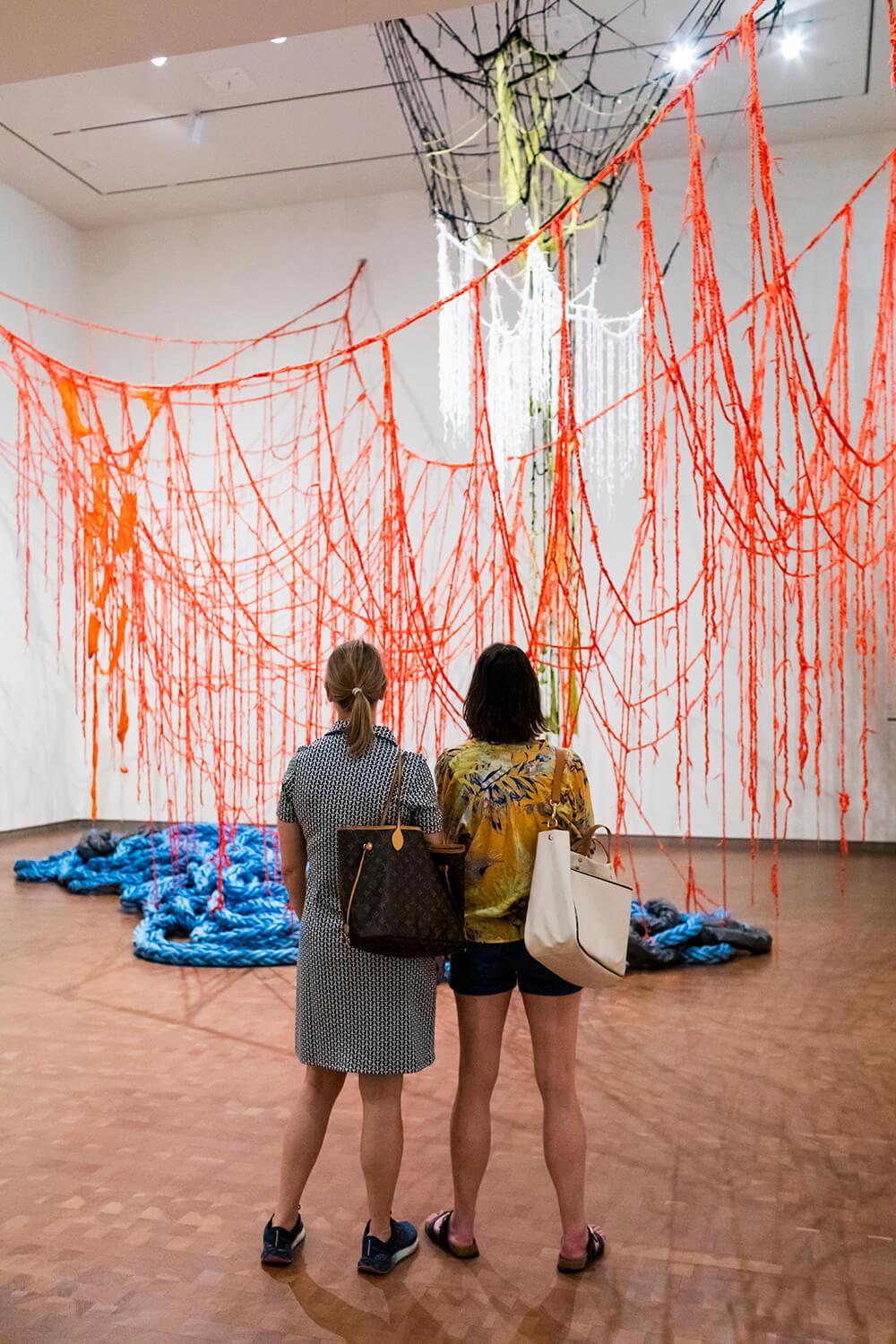
maya lin: mappings January 28–August 7, 2022
Maya Lin: Mappings featured 21 artworks by designer, architect and artist Maya Lin (born 1959). The exhibition celebrated the opening of Neilson Library, a major building project on the Smith College campus designed by Lin, and provided an expanded view of Lin’s engagement with placemaking and her deep commitment to exploring the effects of humans on our environment.
Using a variety of materials, including steel pins, marble and bound atlases, Lin distills complicated scientific and quantitative information about the effects of climate change and the role humans play in that process into resonant objects. Interacting with these artworks offers a way to contemplate ideas that can seem too complex or large to absorb. The exhibition opened a dialogue between the artist and viewers on climate change, species extinction and the relationship between humans and the world we inhabit.
The title “Mappings” signals the crucial role of maps in condensing information that shapes humans’ understanding of the world. The exhibition included four of the artist’s altered atlases, volumes that she cuts to create caverns that collapse space. In Lin’s words, the finished works “slice through the borders of nations to create new topologies,” thus “destroying the illusion of isolation.”
The installation was organized around elemental components of the environment: water, ice and land. One work that sparked visitor interest was the diptych 2° / 4° (2018). Two circular panels depicting a map of the New York metropolitan area envision the stark realities of ignoring the effects of carbon emissions. The left panel depicts how much of the area around New York City will be underwater by the year 2100 if temperatures rise by two degrees Celsius (the targeted upper limit set by the international Paris Agreement in its efforts to reduce carbon emissions). The right panel shows the results of an increase of four degrees Celsius (the estimated result of unchecked carbon emissions). This eye-catching and engaging work, color-coded and textured with the application of encaustic (translucent wax), provides a sober illustration of the damage already done and a call to action.
Another key component of the exhibition was an interactive multisite project that Lin has called her “last memorial.” What Is Missing? (whatismissing.org), accessible via a computer workstation installed in the gallery, allowed visitors to access information about aspects of climate change and species extinction from across the globe. Visitors were also able to add their own observations to a crowd-sourced database, charting their own relationships with local surroundings. As a project, What is Missing? reminds humans of our collective responsibility to protect the earth.
Maya Lin: Mappings was curated by the Smith College Museum of Art with support from Maya Lin Studio. The exhibition was supported by the Ann Weinbaum Solomon, class of 1959, Fund, and the Judith Plesser Targan, class of 1953, Fund.
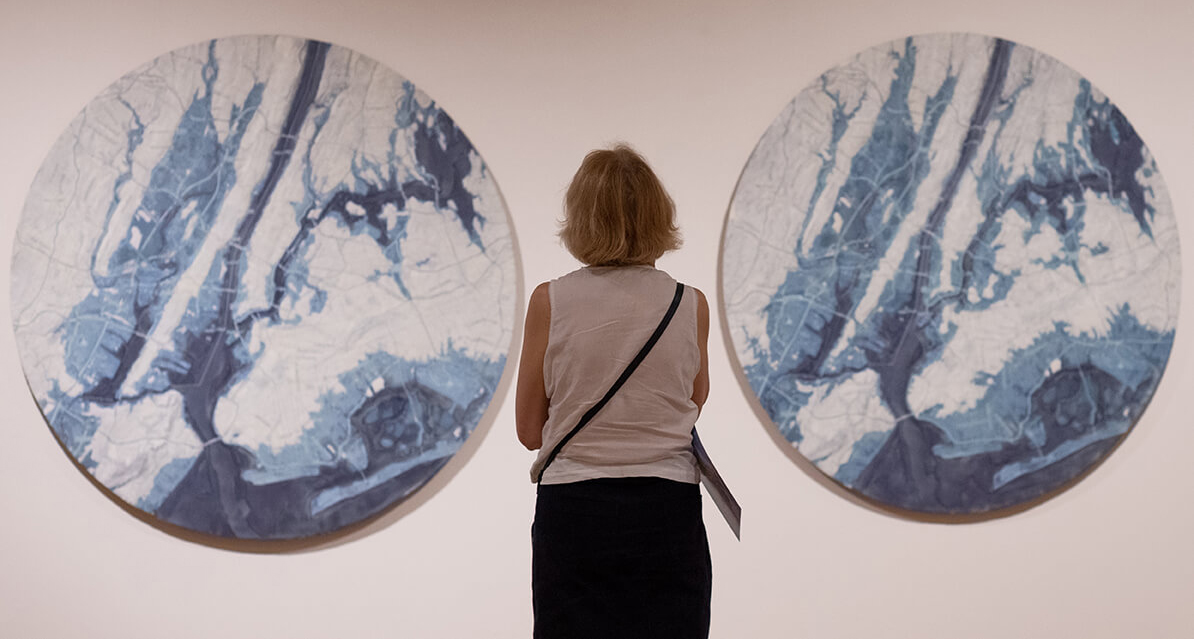
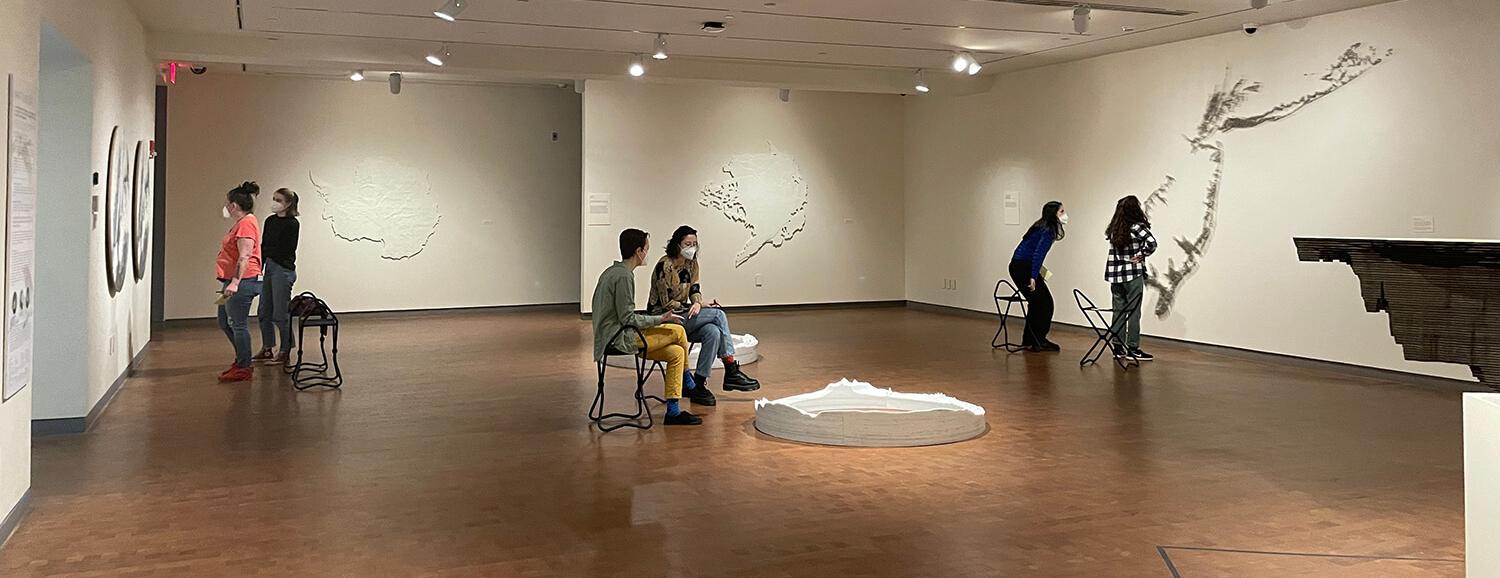
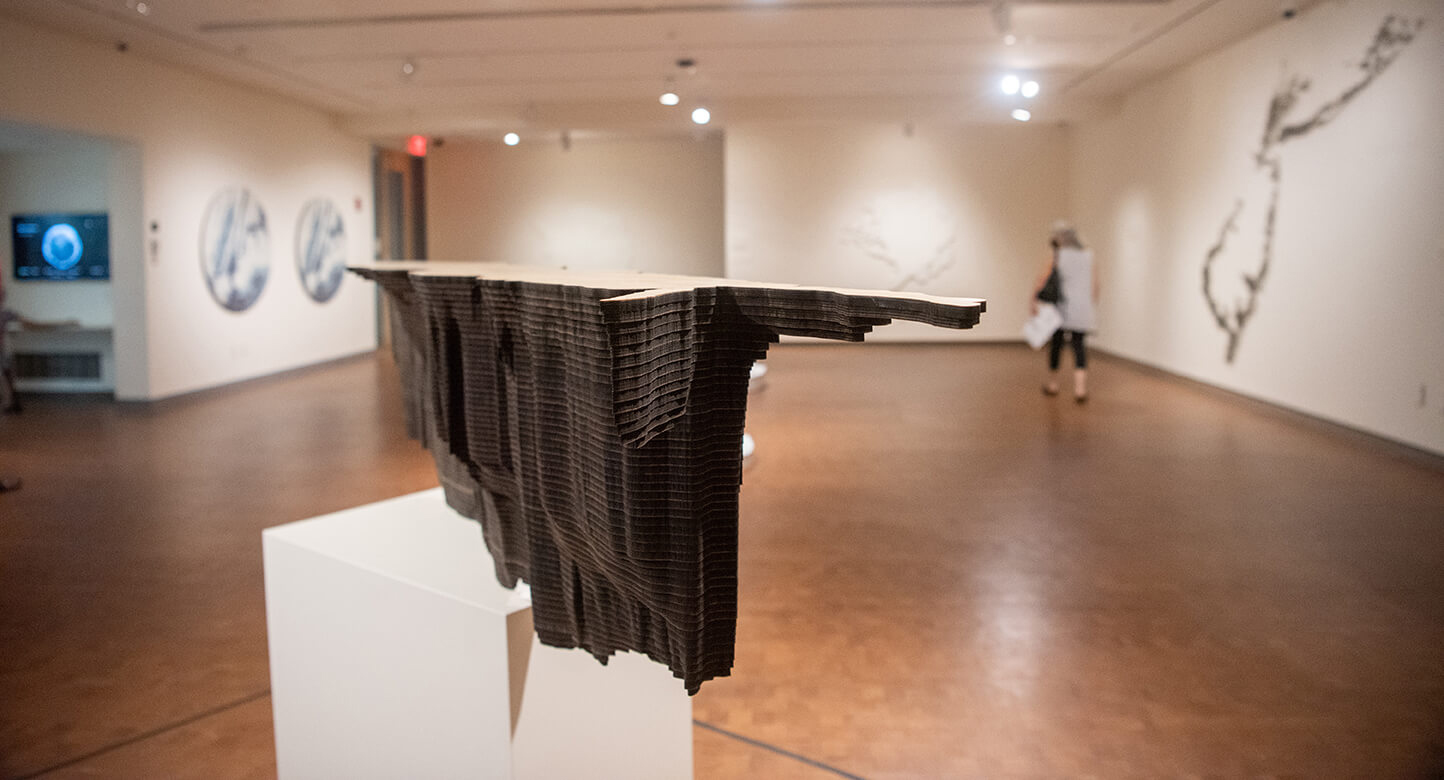
amanda williams: an imposing number of times (2020–2022)
“How do you bring closure to something that lingers? How do you memorialize an injustice that is ongoing?” Artist Amanda Williams asks these questions with An Imposing Number of Times (2020–2022), a multipart, site-specific, commissioned artwork that explores how campus traditions create and transmit forms of belonging.* An Imposing Number of Times began with Williams’ summer 2019 stay at Smith College, when she inaugurated SCMA’s Artist-in-Residence Program. During her residency, Williams was drawn to Smith’s Black Lives Matter banners. First created by students in 2017, the banners hang prominently on most of Smith’s residential houses. All declare BLACK LIVES MATTER on white, twin-sized bedsheets suspended vertically on the house façades. Each banner is unique in its execution and state of care, although they share the same message and materials.
The house banners prompted Williams to reflect on language and self-determination at Smith, a place where campus traditions and the house system play a large role in student life. How is Blackness navigated and valued at Smith? How do public declarations like outdoor banners relate to what occurs inside the buildings they adorn?
An Imposing Number of Times unfolded in three parts over a two-year period and was only possible thanks to deep support and investment from campus partners, especially the Botanic Garden of Smith College, the Mwangi Cultural Center, the Office of Campus Planning and Sustainability and Facilities. The first component started in November 2020, when Smith staff installed banners designed by Williams on two of SCMA’s façades facing Elm Street and Seelye lawn. To design the banners, which remained on view for the duration of the commission, Williams digitally collaged together details from photographs she took in 2019 of the student-made banners. Williams’ banners adopt and refract the visual language of the house banners in order to test the limits of their legibility.
The second component is an edition of three Matterful Black Lives Tea Sets. The sets were made by Williams in reference to Smith’s tradition of Friday afternoon tea and fabricated in collaboration with Chicago ceramicist Melissa J. Chin of Grey Remedy. Williams once again referenced the painterly gestures of the student-made banners, glazing the interior of each cup by hand. In November 2021, SCMA staff worked with Williams to install one tea set, which Williams donated to SCMA, in the museum’s third-floor galleries. Williams gave the other two sets to the Mwangi Cultural Center and the President’s House, where they can be used for tea. Williams commissioned Smith alumna Camille Bacon ’21 to write instructions for using the Mwangi set.
The third and final component of the commission is an ephemeral constructed landscape of black and white tulips that considers desired or remembered paths. On November 1, 2021, Smith College and Campus School students, staff, faculty and campus visitors joined Williams for a day-long bulb-planting event organized with the Botanic Garden. Over six hours, participants planted nearly 4,000 tulip bulbs along three remembered or desired paths that traverse the lawns between the Campus Center and Wright Hall, SCMA and Neilson Library and Happy Chace ’28 Garden and Paradise Pond. Williams selected a blend of white and black tulips in reference to the palette of the house banners. An unusual spring in 2022 delayed the tulips blooming from April to May. This delay required negotiations about lawn use during commencement and reunion, prompting an unexpected consideration of the project’s core questions.
Under banners, alongside tulips and over tea, An Imposing Number of Times extends an invitation to, in Williams’ words, “(re)infuse power into a phrase like ‘Black Lives Matter’ that was indirectly rendered powerless by its unplanned and ubiquitous insertion in an environment that wasn’t wholly ready to receive it.”
* The title references Some Theory (1991) by artist Carrie Mae Weems, which includes a quotation by Antonio Gramsci in which the phrase “an imposing number of times” appears.
The residency, commission and publication were made possible by the trust and support of Robin Bracken Villa ’65; the bequest of Jane Herb Rinden in honor of Thor Rinden; the Maxine Weil Kunstadter, class of 1924, Fund; and the Carlyn Steiner ’67 and George Steiner Endowed Fund in honor of Joan Smith Koch.
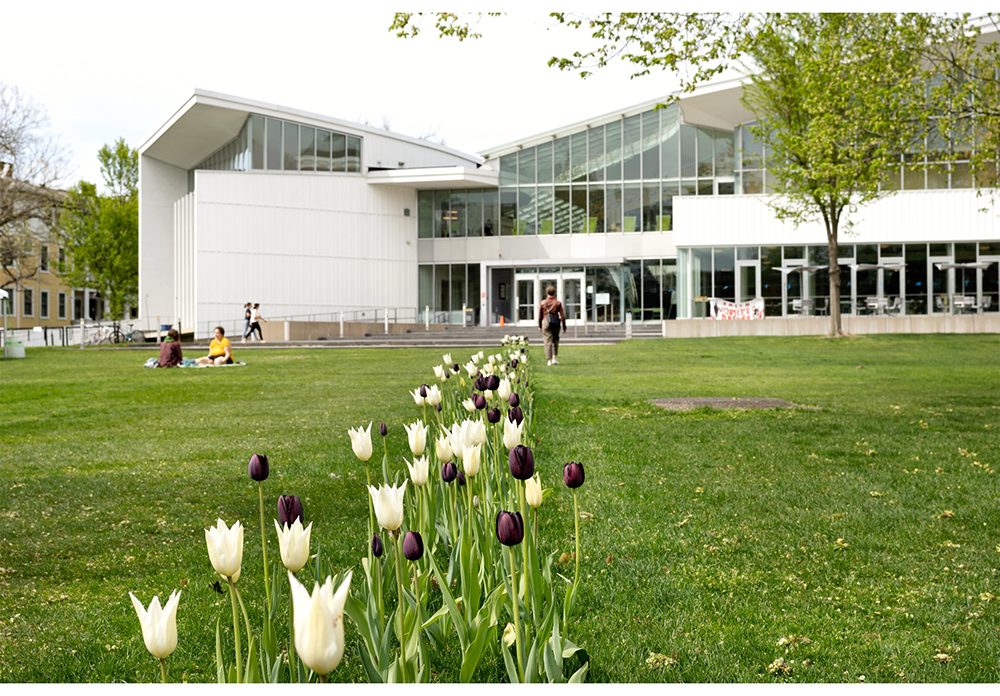
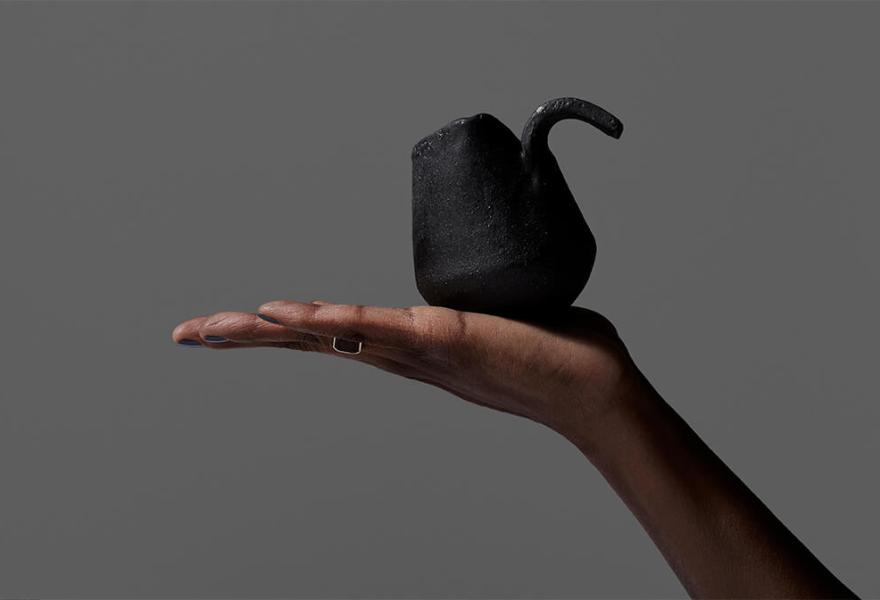
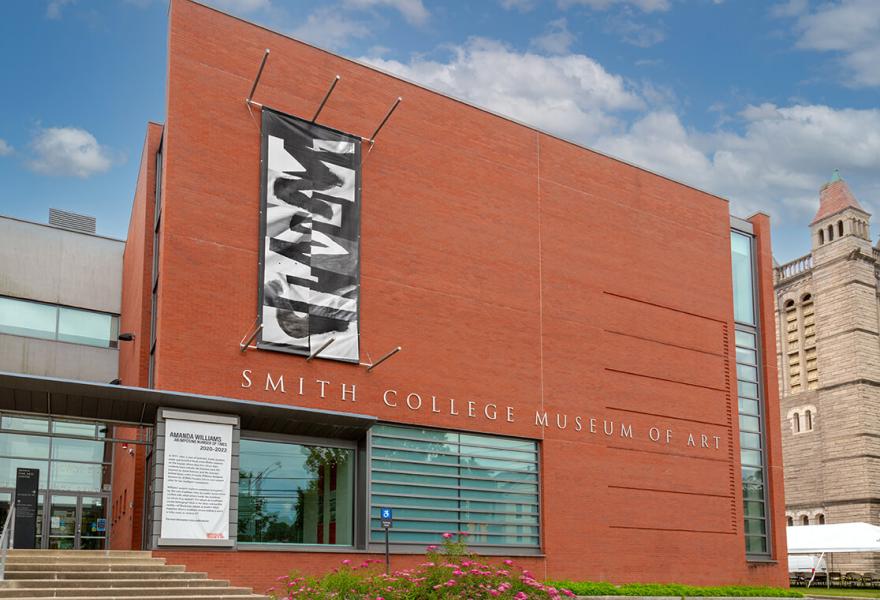
year on democracies (2021–2022)
SCMA presented three recent film and video installations that examined notions of democracy nationally and globally. These works were selected in conjunction with Smith College’s 2021–2022 campus-wide initiative, “Year on Democracies” and in support of related programming at the Kahn Liberal Arts Institute. The life and writings of freedom fighter Frederick Douglass (1818–1895) inspired Isaac Julien’s Lessons of the Hour (2019); FX Harsono’s NAMA (2019) attempts to heal the trauma endured by the ethnic Chinese minority in Indonesia; and Jennifer Chang Crandall’s film Whitman, Alabama (2017–present) considers the contemporary relevance of Walt Whitman’s poem “Song of Myself,” first published in 1855.
Isaac Julien, CBE RA is one of the most important artists working in film and time-based media. Lessons of the Hour depicts Douglass as one of the most powerful voices and visionaries of the 19th century—from his demands to abolish chattel slavery to his aesthetic theory on photography—and demonstrates how his analyses continue to resonate. Ray Fearon plays a young Douglass as he travels to England, Scotland and Ireland between 1845 and 1847. The script excerpts three speeches that Douglass delivered after returning to the United States: “What to the Slave Is the Fourth of July?” (1852), “Lecture on Pictures” (1861) and “Lessons of the Hour” (1893), from which the title is drawn.
Artist FX Harsono explores the subject of systemic and legalized discrimination in his native Indonesia, the world’s fourth most populous country. In NAMA, he focuses on the historical erasure and oppression suffered by Indonesia’s ethnic minority Chinese community, who were forced to change their names according to a 1966 law. The mournful choir singing indicates the artist’s choice of healing and reconciliation over anger or protest when dealing with injustice. A documentary video, The Last Survivor (2020), also by Harsono, was displayed in an adjacent space. Visitors submitted questions to the artist during the run of the exhibition. Harsono responded and provided context in a virtual interview with SCMA curator Yao Wu, available on SCMA’s YouTube channel.
Jennifer Chang Crandall, Smith College’s Lakes Writer-in-Residence for spring 2022, is the creator of the 52-part film Whitman, Alabama. For Crandall, the film is an ongoing “experiment in using documentary and poetry to reveal the threads that tie us together—as people, as states and as a nation.” The film takes Walt Whitman’s poem “Song of Myself” as a starting point—a text that is now canonical but was scandalous when it was first published in 1855. Multiple voices create a kaleidoscopic lens to re-imagine the Deep South and the United States. Each reader makes Walt Whitman’s verse their own, claiming poetry—speech—and representation as rights. The film asks about the imagination’s role in forging democratic citizenship.
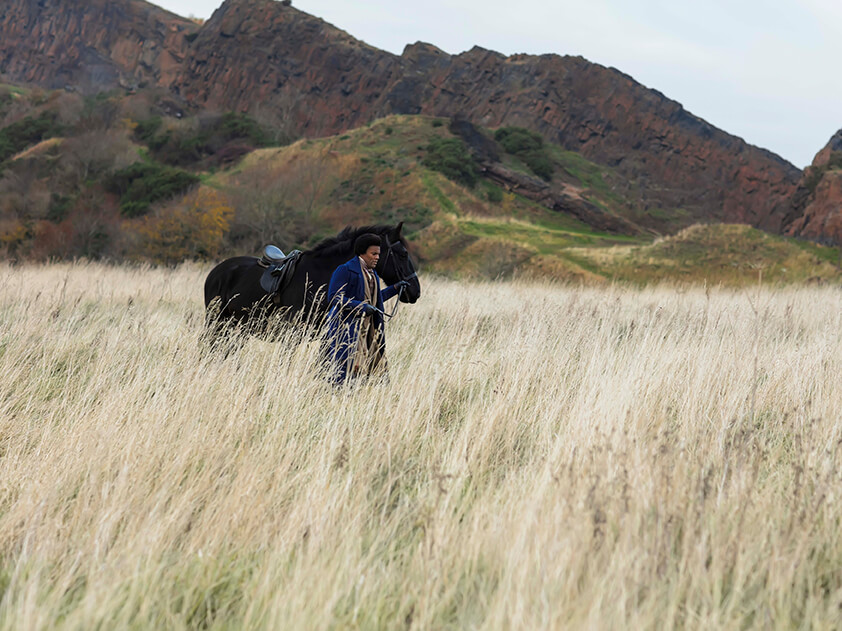
on view top: FX Harsono. Indonesian, born 1949. NAMA. Single-channel video, 5.1 surround sound. Purchased with the Carroll and Nolen Asian Art Acquisition Fund; middle: Gallery visitor. Photo by Lynne Graves for SCMA; bottom: Two visitors in the Red Hook at Bedford Terrace installation by artist Sheila Pepe. Photo by Shana Sureck for SCMA
maya lin: mappings top: Visitor enjoying the Maya Lin: Mappings exhibition. Photo by Shana Sureck for SCMA; middle: Students in ENV 229: Critical Cartography and Environmental Social Movements analyze and interpret art in the exhibition. Photo by Charlene Shang Miller; bottom: A visitor in the Maya Lin: Mappings exhibition views the diptych 2°/4°. Photo by Shana Sureck for SCMA
amanda williams top: Amanda Williams, Desire Path Tulips, 2022, installation view from An Imposing Number of Times, Smith College Museum of Art, Northampton, MA, 2020–2022. COLORBLENDS Black TieTM tulips, lawn between Campus Center and Wright Hall, Smith College, dimensions variable. (artwork © Amanda Williams; photograph by Juliana Sohn provided by SCMA and Amanda Williams); bottom left: Amanda Williams, detail from Matterful Black Lives Tea Set, 2021, from An Imposing Number of Times, Smith College Museum of Art, Northampton, MA 2020–22. Glazed ceramic, mahogany. Overall: 10 ⅜ inches x 21 1⁄4 inches x 16 1⁄4 inches. Gift of the Artist. SC 2021.24. (artwork © Amanda Williams; photograph by Doug Human for Amanda Williams); bottom right: Amanda Williams, An Imposing Number of Times, 2020–22, a commission for the Smith College Museum of Art, Northampton, MA, Digital collage on mesh, 237.5 x 50 inches. (artwork © Amanda Williams photography by Laura Shea for SCMA)
isaac julien bottom: Isaac Julien. English, born 1960. Lessons of The Hour (Lessons of The Hour), 2019. Digital print on matte archival paper mounted on aluminum. © Isaac Julien. Courtesy of the artist and Metro Pictures, New York